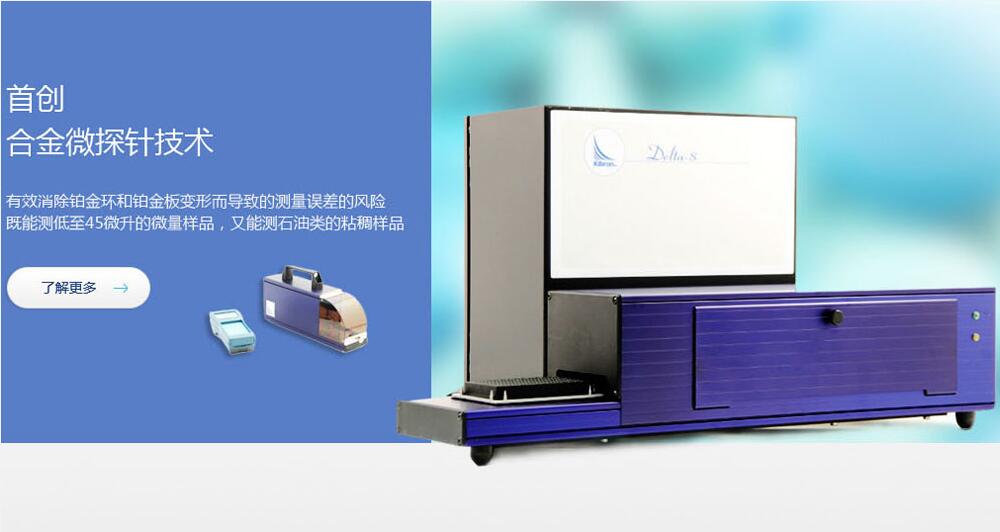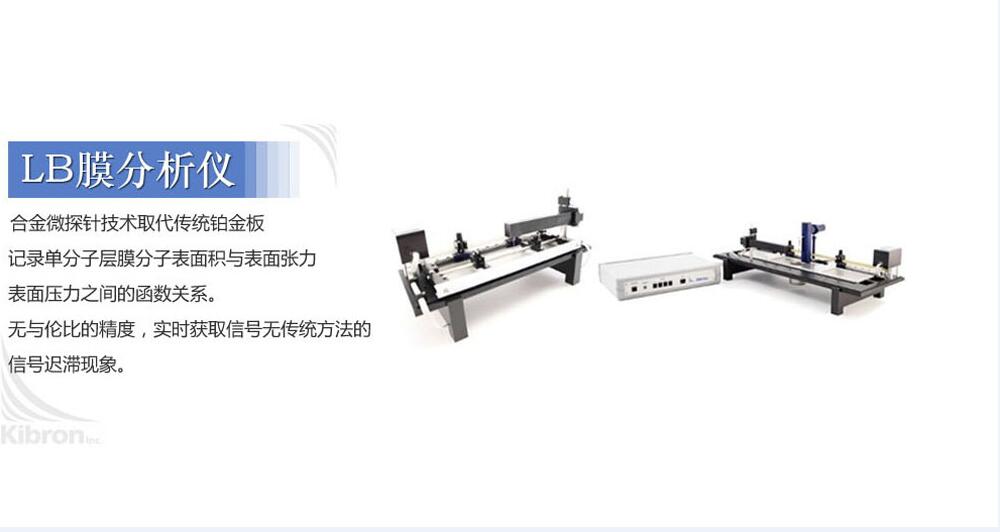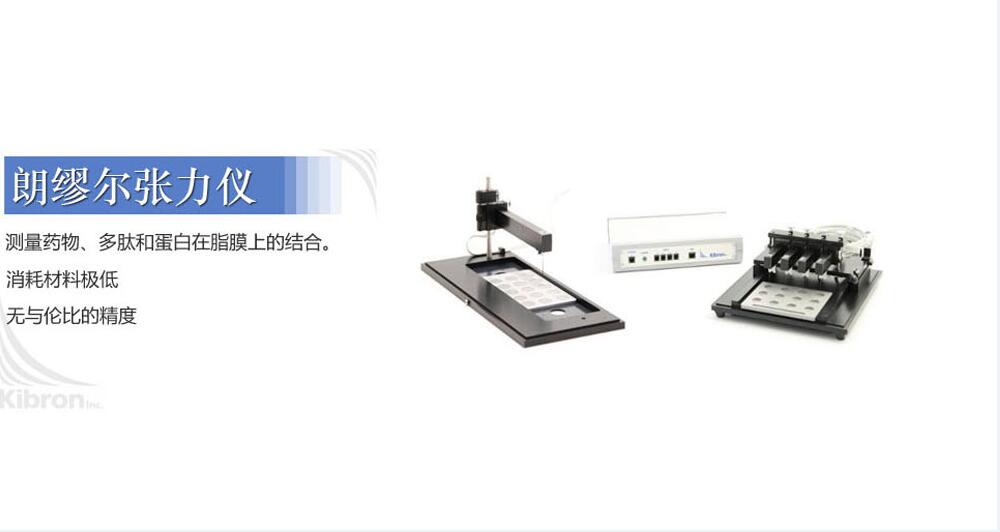合作客戶/
拜耳公司 |
同濟(jì)大學(xué) |
聯(lián)合大學(xué) |
美國保潔 |
美國強(qiáng)生 |
瑞士羅氏 |
相關(guān)新聞Info
-
> 烷基-β-D-吡喃木糖苷溶解性、表面張力、乳化性能等理化性質(zhì)研究(一)
> 電弧增材制造過程中熔池的形成與演變受哪些因素影響?
> 鋼筆墨水配方是什么?鋼筆墨水的種類有哪些?
> 基于朗繆爾張力儀研究抗菌肽與磷脂單層的相互作用
> 表面活性劑是否對斥水性土壤的潤濕性有影響?——概括、介紹
> 微量天平與分析天平有什么區(qū)別?
> 基于微量天平測定人血白蛋白辛酸鈉含量
> 肺內(nèi)液表面張力的作用、臨床意義及測量方法(一)
> 微流控器件結(jié)構(gòu)對水/水微囊形成過程、界面張力的影響規(guī)律(一)
> 基于界面張力弛豫法考察羥基取代烷基苯磺酸鹽的界面擴(kuò)張流變性質(zhì)(一)
推薦新聞Info
-
> 影響?yīng)M縫間氫鍵流體氣液平衡界面張力的因素有哪些(三)
> 影響?yīng)M縫間氫鍵流體氣液平衡界面張力的因素有哪些(二)
> 影響?yīng)M縫間氫鍵流體氣液平衡界面張力的因素有哪些(一)
> GA、WPI和T80復(fù)合乳液體系的脂肪消化動力學(xué)曲線、界面張力變化(四)
> GA、WPI和T80復(fù)合乳液體系的脂肪消化動力學(xué)曲線、界面張力變化(三)
> GA、WPI和T80復(fù)合乳液體系的脂肪消化動力學(xué)曲線、界面張力變化(二)
> GA、WPI和T80復(fù)合乳液體系的脂肪消化動力學(xué)曲線、界面張力變化(一)
> 表面張力實(shí)驗(yàn)、接觸角實(shí)驗(yàn)分析抑塵試劑對煤的潤濕結(jié)果
> Kibron表面張力儀研究燒結(jié)礦聚結(jié)行為
> 基于界面張力和表面張力測試評估商用UV油墨對不同承印紙張的表面浸潤性差異(三)
表面活性劑是否對斥水性土壤的潤濕性有影響?——結(jié)論、致謝!
來源:上海謂載 瀏覽 1428 次 發(fā)布時(shí)間:2021-11-09
結(jié)論
不像人工創(chuàng)造的穩(wěn)定的驅(qū)蟲表面或多孔 介質(zhì),拒水土壤表現(xiàn)出潤濕動力學(xué),由此 最初疏水的土壤隨著時(shí)間的推移變得親水 與水接觸時(shí)。 初始潤濕動力學(xué) 排斥土壤通常歸因于 固液界面能 (γSL),或液汽界面能 (γLV) 的降低,或兩者兼而有之。 γLV 的減少 建議是由于土壤表面溶解 活性有機(jī)化合物進(jìn)入與水接觸的水中 土壤。 在這項(xiàng)研究中,我們測試了土傳表面的影響 潤濕動力學(xué)的活性物質(zhì),并發(fā)現(xiàn),與廣為接受的范式相反,土壤釋放表面 活性化合物不會加速潤濕過程。 因此很明顯,固體界面能的變化 表面(γSL 或 γSV),而不是液汽 表面 (γLV) 必須在驅(qū)動不穩(wěn)定排斥性土壤的潤濕動力學(xué)方面起主導(dǎo)作用。
致謝
本研究由以色列農(nóng)業(yè)部資助 和農(nóng)村發(fā)展,資助號 821-0088-04。
參考
Barrett, G. & Slaymaker, O. 1989. Identification, characterization, and hydrological implications of water repellency in mountain soils, southern British-Columbia. Catena, 16, 477–489.
Bisdom, E.B.A., Dekker, L.W. & Schoute, J.F.T. 1993. Water repellency of sieve fractions from sandy soils and relationships with organic material and soil structure. Geoderma, 56, 105–118.
Chen, Y. & Schnitzer, M. 1978. Surface-tension of aqueous-solutions of soil humic substances. Soil Science, 125, 7–15.
Dekker, L.W., Oostindie, K. & Ritsema, C.J. 2005. Exponential increase of publications related to soil water repellency. Australian Journal of Soil Research, 43, 403–441.
Dinar, E., Taraniuk, I., Graber, E.R., Katsman, S., Moise, T., Anttila, T. et al. 2006. Cloud condensation nuclei properties of model and atmospheric HULIS. Atmospheric Chemistry and Physics, 6, 2465–2481.
Doerr, S.H., Shakesby, R.A. & Walsh, R.P.D. 2000. Soil water repellency: its causes, characteristics and hydro-geomorphological significance. Earth-Science Reviews, 51, 33–65.
Doerr, S.H., Dekker, L.W., Ritsema, C.J., Shakesby, R.A. & Bryant, R. 2002. Water repellency of soils: the influence of ambient relative humidity. Soil Science Society of America Journal, 66, 401–405.
Ellerbrock, R.H., Gerke, H.H., Bachmann, J. & Goebel, M.O. 2005. Composition of organic matter fractions for explaining wettability of three forest soils. Soil Science Society of America Journal, 69, 57–66.
Feng, G.L., Letey, J. & Wu, L. 2002. The influence of two surfactants on infiltration into a water-repellent soil. Soil Science Society of America Journal, 66, 361–367.
Gee, G.W. & Bauder, J.W. 1986. Particle-size analysis. In: Methods of Soil Analysis. Part 1. Monograph No 9 (ed. A. Klute), pp. 383–411.
American Society of Agronomy, Madison, WI. Graber, E.R., Ben-Arie, O. & Wallach, R. 2006. Effect of sample disturbance on soil water repellency determination in sandy soils. Geoderma, 136, 11–19.
Hurrass, J. & Schaumann, G.E. 2006. Properties of soil organic matter and aqueous extracts of actually water repellent and wettable soil samples. Geoderma, 132, 222–239.
Letey, J. 1969. Measurement of contact angle, water drop penetration time, and critical surface tension. In: Proceedings of the Symposium on Water Repellent Soils 6–8 May 1968 (eds L.F. DeBano & J.F. Letey), pp. 43–47. University of California, Riverside, CA. Letey, J., Carrillo, M.L.K. & Pang, X.P. 2000. Approaches to characterize the degree of water repellency. Journal of Hydrology, 231–232, 61–65.
Ma'shum, M. & Farmer, V.C. 1985. Origin and assessment of water repellency of a sandy South Australian soil. Australian Journal of Soil Research, 23, 623–626.
Roy, J.L. & McGill, W.B. 2002. Assessing soil water repellency using the molarity of ethanol droplet (MED) test. Soil Science, 167, 83–97.
Tschapek, M. 1984. Criteria for determining the hydrophilicityhydrophobicity of soils. Zeitschrift fu¨r Pflanzenerna¨hrung und Bodenkunde, 147, 137–149.
Walkley, A. & Black, I.A. 1934. An examination of the Degtjareff method for determining soil organic matter and a proposed modifi- cation of the chromic acid titration method. Soil Science, 37, 29–38. Wallach, R. & Graber, E.R. 2007. Effluent irrigation-induced soil water repellency: time dependent variation of infiltration rate and of water repellency at different levels of ambient relative humidity. Hydrological Processes, 21, 2346–2355.
Wallach, R., Ben-Arie, O. & Graber, E.R. 2005. Soil water repellency induced by long-term irrigation with treated sewage effluent. Journal of Environmental Quality, 34, 1910–1920.
Wallis, M.G. & Horne, D.J. 1992. Soil water repellency. Advances in Soil Science, 20, 91–140.










